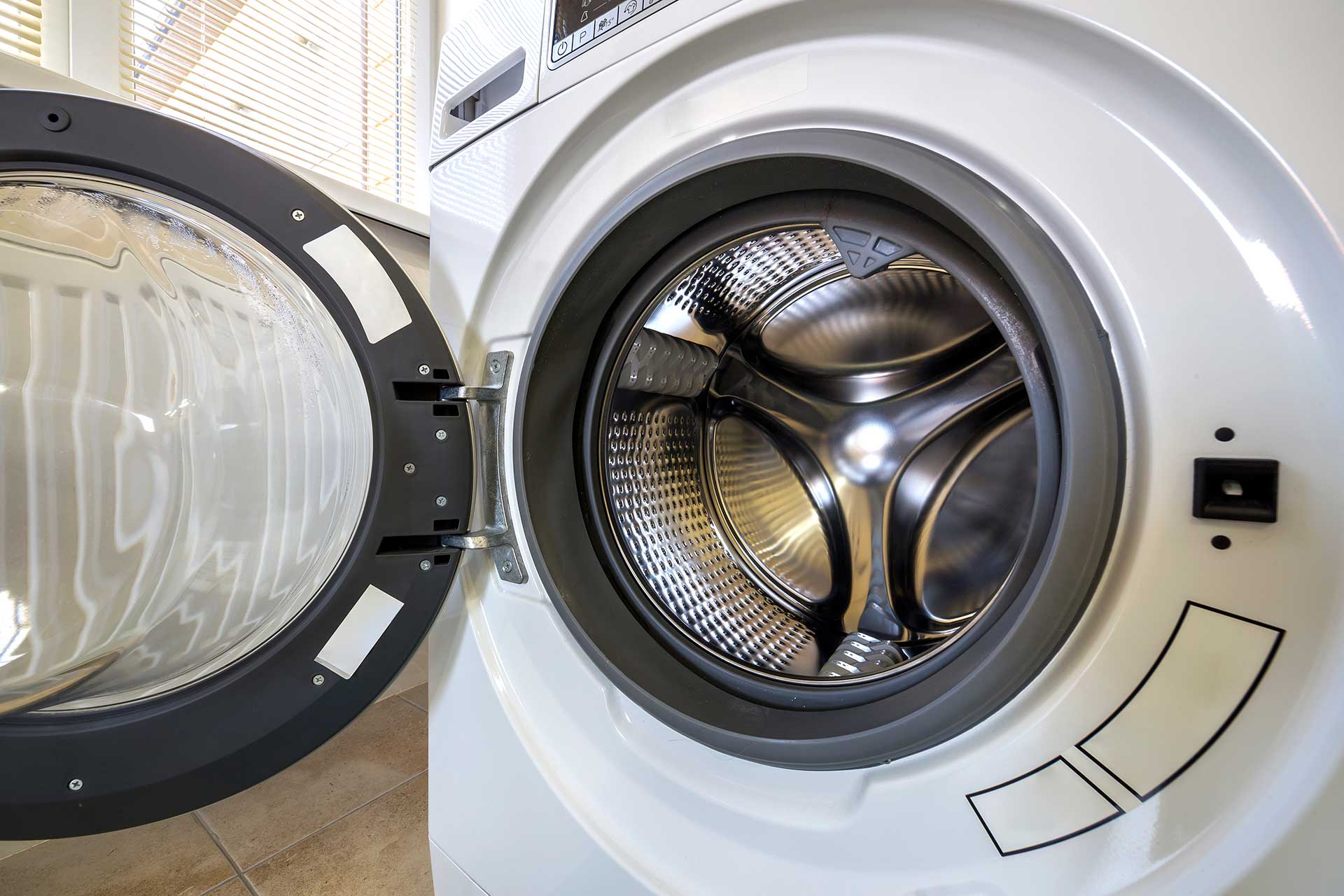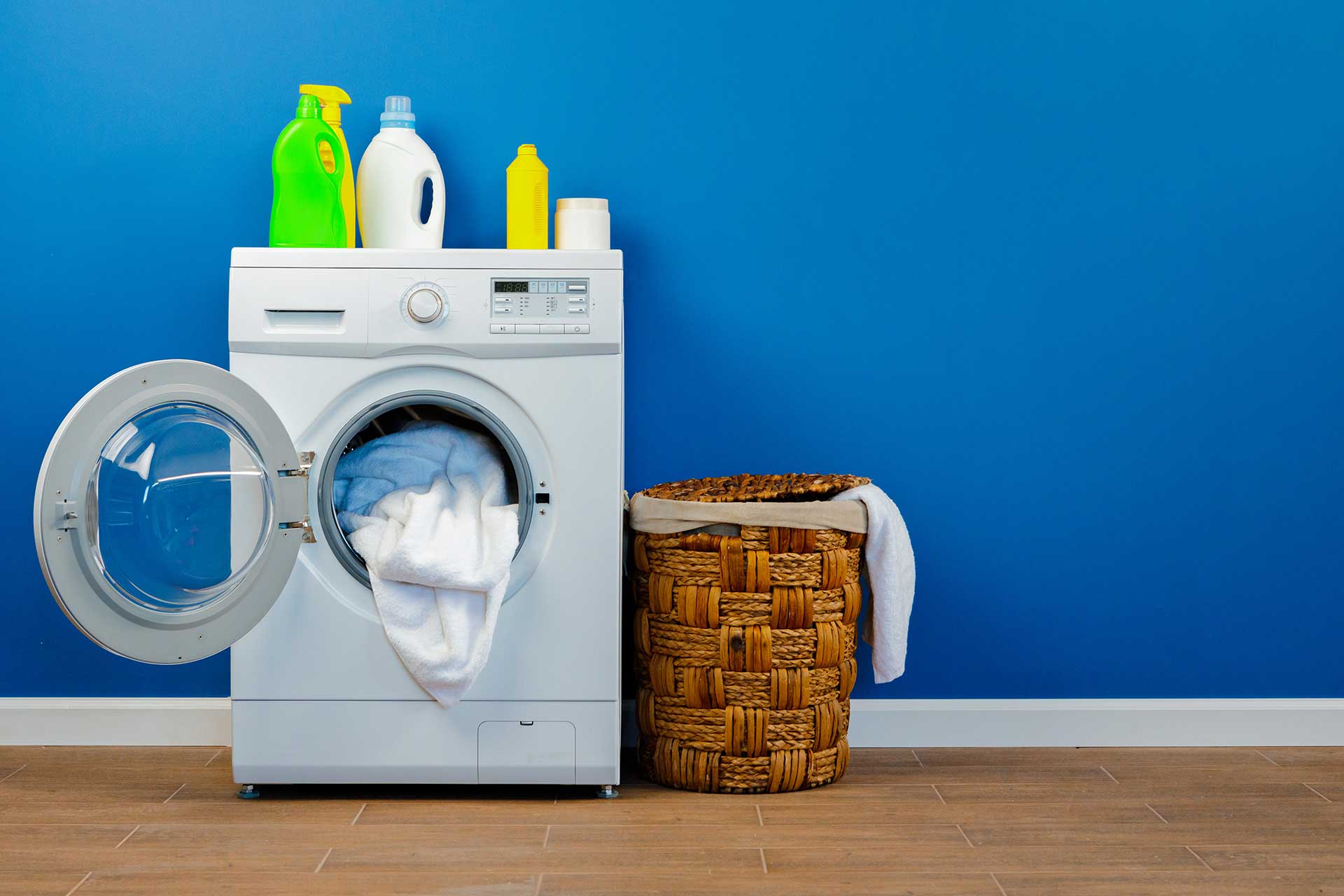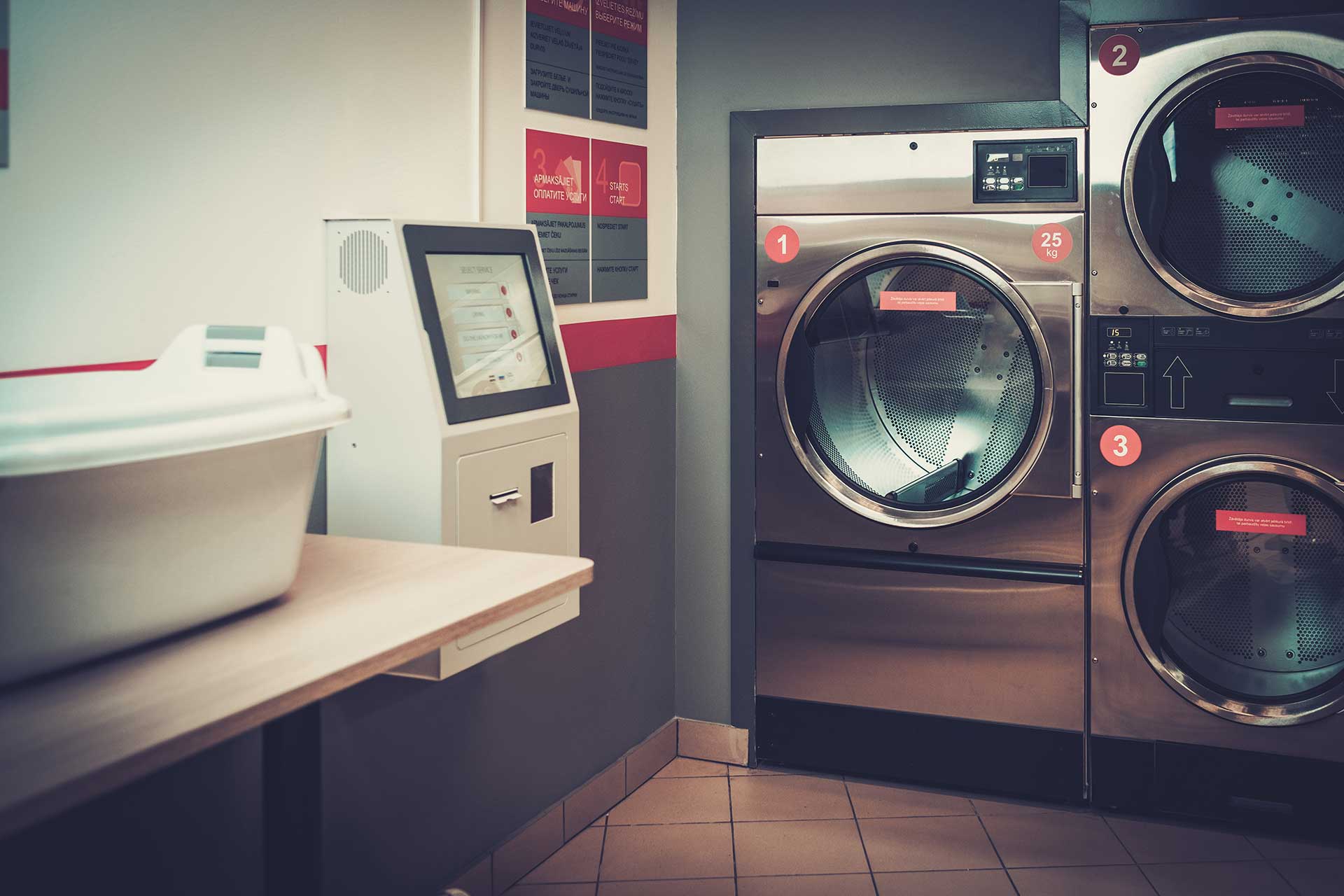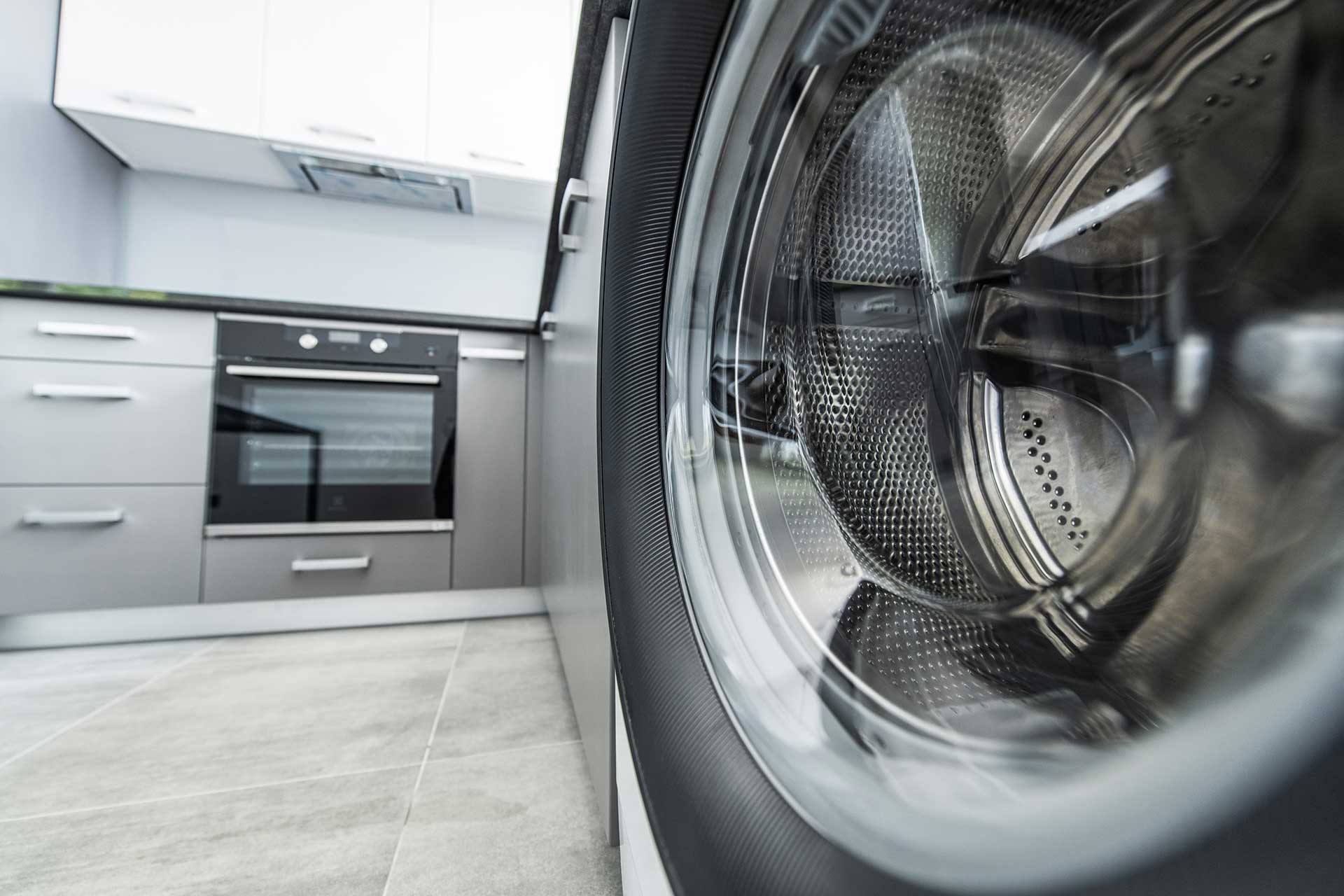We often overlook the importance of maintaining the very appliances that keep our lives running smoothly. One such unsung hero is the humble washing machine. It tirelessly cleans our clothes, but who cleans the cleaner? If you are going to tackle the job of cleaning the washing machine you need to learn just how to clean it, so it continues to serve you well for years to come.
The Importance of a Clean Washing Machine
You are probably wondering why a machine that’s constantly filled with soap and water needs cleaning. The truth is, over time, washing machines accumulate soap scum, fabric softener residue, hard water deposits, and even mold and mildew. These build-ups really mess with how well the machine works, and they might even cause some bad smells that could end up on your freshly washed clothes.
Regularly cleaning your washing machine not only prolongs its life but also ensures that your clothes come out truly clean and fresh-smelling every time. However, first you need to learn best ways to effectively clean various parts of your washing machine.
Cleaning the Washing Machine Drum
The drum is where the magic happens, but it’s also where most of the grime accumulates. And what that means is it needs a very thorough cleaning.
- Run an empty hot cycle: Start by running an empty cycle on the hottest water setting. This will help a lot to loosen up any built-up grime.
- Use white vinegar: For the next cycle, add two cups of white vinegar to the empty drum. The acidity is what breaks down soap scum and mineral deposits.
- Follow up with baking soda: After the vinegar cycle, sprinkle half a cup of baking soda into the drum and run another hot cycle. This neutralizes odours and removes any remaining residue.
- Wipe down the drum: Once the cycles are complete, you want to use a microfiber cloth to wipe down the inside of the drum. Make sure to pay close attention to the crevices where grime might hide.
Remember, for front-loading machines, leave the door open between washes to allow the drum to dry completely and prevent mold growth.
Tackling the Detergent Drawer
The detergent drawer is often overlooked when people start cleaning their washing machines. But it can be a breeding ground for mold and mildew, which is why you want to keep it clean.
- Remove the drawer: Most detergent drawers can be completely removed. If you don’t know how to remove yours, the best place to look is in your washing machine’s owners’ manual.
- Soak in warm, soapy water: Once you get the drawer out, you want to soak it in warm water mixed with a gentle dish soap. This will help to loosen up any built-up residue.
- Scrub thoroughly: Use an old toothbrush or a small cleaning brush to scrub all parts of the drawer. When scrubbing pay extra attention to the corners and dispenser holes.
- Tackle stubborn stains: For persistent stains or mold, you can create a paste using baking soda and water. Apply the paste to the stained areas and let it sit for a few minutes before scrubbing.
- Rinse and dry: Rinse the drawer thoroughly with clean water and allow it to completely dry before putting it back into the machine.
- Clean the drawer cavity: Don’t forget to clean the area where the drawer sits. You can use a mixture of equal parts water and white vinegar to wipe down this area, ensuring you reach all corners.
Maintaining the Washing Machine Seal
The rubber seal or gasket around the door of front-loading machines is particularly prone to mold and mildew growth due to trapped moisture.
- Regular wiping: Every time you use the washing machine, make it a habit to wipe down the seal with a dry cloth to remove excess moisture.
- Deep cleaning: Once a month, you want to give the seal a thorough cleaning. To start this process, you want to pull back the rubber and inspect for any signs of mold or mildew.
- Use a cleaning solution: Mix equal parts water and white vinegar inside a spray bottle. Generously spray the cleaning solution on the seal, ensuring you cover all areas.
- Scrub gently: Using a soft brush or cloth, you want to gently scrub the seal to remove any build-up. You need to be careful when scrubbing so you don’t damage the rubber.
- Rinse and dry: Wipe down the seal with a clean, damp cloth to remove any traces of the cleaning solution. Then follow up with a dry cloth to remove all moisture.
- Prevention is key: To prevent future mold growth, consider leaving the washing machine door open slightly after each use to allow air circulation.
Additional Tips for a Spotless Washing Machine
- Clean the lint filter: If your washing machine has a lint filter, you must clean it regularly to prevent blockages.
- Check the hoses: At least once every couple of months, you want to inspect the hoses connected to your washing machine for any signs of wear or leaks.
- Use the right amount of detergent: Using too much laundry detergent can lead to excess build-up in your machine.
- Run occasional hot washes: If you typically wash your laundry using cold water, you want to run a hot water cycle occasionally to help prevent build-up.
- Address hard water issues: If you live in an area with hard water, you should consider using a water softener or adding vinegar to your washes to prevent mineral build-up.
The Benefits of a Clean Washing Machine
Maintaining a clean washing machine goes beyond just having a tidy appliance. It ensures that your clothes are truly clean after each wash, free from any residues or odors that can build up in a poorly maintained machine.
Cleaning your washing machine prevents mold and bacteria from growing. For households with people who have allergies or sensitivities, this is important because it means less germs in the air. Plus, a clean machine lower the chances of irritants getting onto your clothes.
Establishing a Cleaning Routine
To keep your washing machine in excellent condition, you must establish a regular cleaning routine. A good rule to follow is to perform a deep cleaning on your machine, including the drum, drawer, and seal, once a month. However, smaller maintenance tasks, like wiping down the seal after each use, should become part of your laundry routine.
Remember, the few minutes you spend maintaining your washing machine can save you hours of frustration and potentially costly repairs down the line. A little time spent on this will result in cleaner clothes, a fresher smelling laundry room, and a better working appliance.
To Sum Everything Up
A clean washing machine is the unsung hero of a well-functioning household. If you stick to these steps and make regular cleaning a part of your routine, your washing machine will keep running smoothly, giving you clean, fresh-smelling laundry for a long time. So roll up your sleeves, gather your cleaning supplies, and give your hardworking washing machine the care and attention it deserves. Your clothes (and your nose) will thank you!







